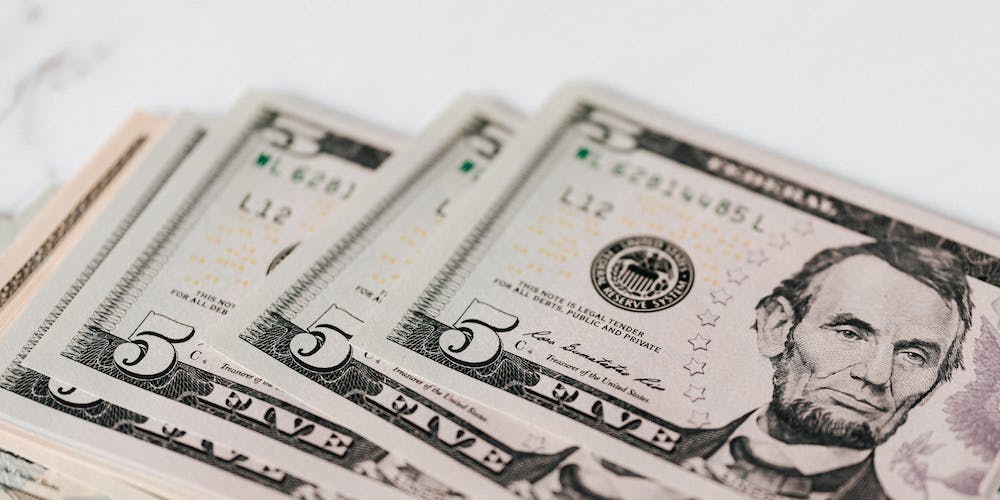Mexico Dollar Rate 2023 A Comprehensive Guide


If you are planning to visit Mexico soon, then it is essential to stay updated with the currency exchange rates. As of 2023, the Mexican peso remains the official currency of Mexico, but how does it compare to the US dollar?
In this article, we’ll provide you with a comprehensive guide on Mexico dollar rate, including its history, factors affecting the exchange rate, and tips for managing your money during your trip.
What is Mexico Dollar Rate?
The Mexico dollar rate, also known as the USD/MXN exchange rate, represents the value of one US dollar in Mexican pesos. The exchange rate fluctuates based on market demand, economic indicators, political developments, and other factors.
As of January 2023, the Mexico dollar rate was about 19.58 MXN per USD, which means that one US dollar can buy about 19.58 Mexican pesos.
History of Mexico Dollar Rate
Before the 1970s, the peso had a fixed exchange rate against the US dollar. However, due to the oil crisis and high inflation, the government decided to float the peso, leading to a significant depreciation of the currency.
Since then, the Mexico dollar rate has experienced several fluctuations, influenced by external and domestic factors such as oil prices, political instability, interest rates, and trade relations.
Between 2015 and 2020, the Mexico dollar rate saw an upward trend, reaching a peak of around 25 MXN per USD in early 2020. This was mainly due to uncertainty over the US-Mexico trade relationship, concerns over Mexico’s economic growth prospects, and the COVID-19 pandemic.
However, since then, the exchange rate has stabilized, and as of 2023, it has remained relatively constant at around 19 MXN per USD.
Factors Affecting the Mexico Dollar Rate
Several factors affect the Mexico dollar rate, including:
1. Oil Prices
Mexico is a major oil exporter, and thus, changes in global oil prices can significantly impact its economy and currency. When oil prices rise, Mexico’s export revenue increases, boosting demand for the Mexican peso. Conversely, when oil prices fall, the peso depreciates.
2. Interest Rates
Interest rates affect a country’s exchange rate by influencing the flow of capital. When a country’s interest rates are high, it attracts foreign investors seeking higher returns on their investments, increasing demand for the country’s currency and appreciating its exchange rate.
In contrast, low interest rates discourage foreign investment, leading to a weaker currency.
3. Political Stability
Political instability can negatively impact a country’s currency, as it makes foreign investors hesitant to invest. In contrast, political stability can increase investor confidence, increasing demand for the country’s currency.
4. Trade Relations
Trade relations between countries can also impact the exchange rate. For example, the US-Mexico trade relationship affects the Mexico dollar rate, as the US is Mexico’s largest trading partner.
How to Manage Your Money in Mexico
If you plan to visit Mexico, here are some tips to manage your money effectively:
1. Exchange Currency at Banks or Exchange Centers
Avoid exchanging currency at airports or hotels, as they usually offer lower exchange rates and higher fees. Instead, exchange your currency at banks or exchange centers, which offer more competitive rates.
2. Use Credit Cards Wisely
Using credit cards can be convenient, but keep in mind that many merchants in Mexico only accept cash. Additionally, using credit cards internationally can incur foreign transaction fees, so check with your bank beforehand.
3. Notify Your Bank
Before traveling to Mexico, notify your bank of your travel plans to avoid having your card blocked due to suspicious activity.
4. Be Aware of ATM Fees
Using ATMs in Mexico can incur high fees, so withdraw larger amounts of money at once to minimize these charges.
5. Use Cash Safely
Mexico has a high incidence of credit card fraud, so it is essential to use cash safely. Avoid carrying large sums of money and keep your cash in a secure location.
FAQs
Q1. What is the current exchange rate for USD/MXN?
As of January 2023, the current exchange rate for USD/MXN is about 19.58 MXN per USD.
Q2. Does Mexico accept US dollars as payment?
Although some merchants may accept US dollars in tourist areas, it is best to use Mexican pesos to avoid unfavorable exchange rates.
Q3. Can I use my credit card in Mexico?
Yes, but be aware that many merchants only accept cash, and using credit cards internationally can incur foreign transaction fees.
Q4. Are there places in Mexico where I can exchange currency?
Yes, you can exchange currency at banks or exchange centers, which offer competitive rates.
Q5. What shouldI do if my credit card is lost or stolen in Mexico?
If your credit card is lost or stolen in Mexico, contact your bank immediately to freeze your account and report the incident. Additionally, make a police report and keep a record of it for future reference.
Conclusion
In conclusion, understanding the Mexico dollar rate is essential for anyone planning to visit Mexico. The exchange rate can fluctuate based on various factors such as oil prices, interest rates, political stability, and trade relationships.
To manage your money effectively during your trip, exchange currency at banks or exchange centers, use credit cards wisely, notify your bank of your travel plans, be aware of ATM fees, and use cash safely.
By following these tips, you can enjoy your trip to Mexico without worrying about financial issues.




